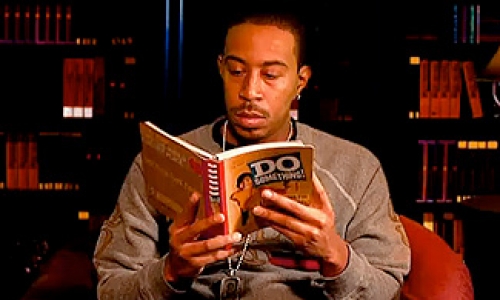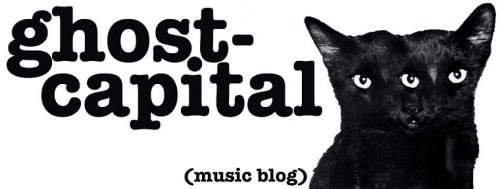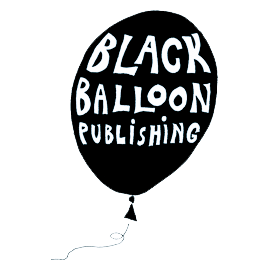“You got me feeling pussyish, Nedbody," she said, breathily.
"Think with your asshole." She grabbed his dick with one hand, and with her left hand she snookered a finger up his ass, and then she held her mouth still and began a slow, deliberate crescendo, jerking him off into her mouth.
That's Reese, pleasuring a headless but fully sensuous and aroused body (hence, "Nedbody") in Nicholson Baker's latest pornocopia of freaky fucking, House of Holes. In a wet little nutshell, the Vox author's short novel is about an alternative universe where visitors to the titular House (or HoH) can have any and all of their sexual fantasies and fetishes fulfilled. It’s a (heterosexual) sextopia focused entirely on consuming pleasure.
House of Holes is not a work of great fiction, but it is a provocative piece of social criticism: Are we too obsessed with sex, too afraid of loneliness, too ashamed of our most secret desires? It is also entertaining—not in some seedy porno-flick way, but in a slutty orgiastic-comic way. Throughout the novel I was far more amused than aroused.
Highlighted by his vibrant and playful sex-laced vocabulary (“dickitude,” “cockfuckedfulness,” “Kegeling love muscle,” “famished slutslot”), Baker’s work consists of a series of vignettes describing the wormholes through which people arrive at the HoH (found in such places as a dryer, a straw, and a vagina—one is literally “sucked” into the HoH) and what the people do once they’re there.
For example, for men there’s the “International Couch”: a line of women, “from all countries, all ages, all weights,” kneeling “with their asses up” waiting for you to “hump your way right down the line.” Similarly, women can take advantage of a “Squat Line” of reclining and aroused “international dudes.”
There are activities focused on specific fetishes (feet, tits, asses, fruit); a dismembered hand that pleasures women; a tree that grows magical dildos; a Hall of Penises and a Cockstorm Room; and the Porndecahedron: a private IMAX-like cinema where you’re surrounded by porn. There is also a monster composed, like those subway platform newsstands, of nothing but bad porn. Again, House of Holes drives us more toward laughter than masturbation. Sex can be quite silly.
Adding a bit of suspense, there’s the ongoing mystery of and search for the “Pearloiner”: an AWOL ex-TSA agent who has infiltrated the HoH to steal clitorises. Denying pleasure: pretty much the most heinous crime one could commit in the HoH.
Baker’s jism-splashed slutfest celebrates our horniness. But beyond such conspicuous consumption of sex—and each other—there’s still a dirty little remainder: the kinky underbelly of our filthiest, most arousing and amusing desires. The House of Holes exposes the many ways we fuck each other and encourages us to explore our own HoH, so we too can unleash an “Atlas-shrug shudderation of arrival” in which we shiver “through the seven, eight, nine, twelve seconds of worldwide interplanetary flux of orgasmic strobing happy unmatched tired coughing ebbing thrilled spent ecstasy.”
Photo: Gimcrack Hospital






















 A Black Balloon Publication ©
A Black Balloon Publication ©